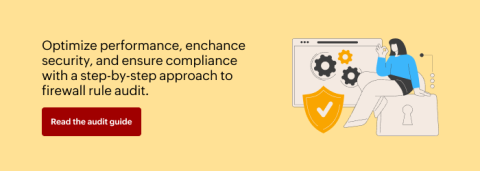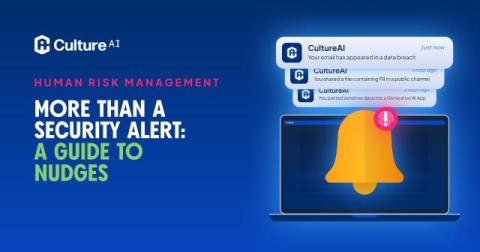Cloudy with a chance of breach: advanced threat hunting strategies for a hyperconnected and SaaSy world
When workloads moved to the cloud, a huge burden was lifted from the enterprise in infrastructure and operational overhead. This transition also brought with it the “shared responsibility” model, where cloud providers took on much of the responsibility previously relegated to expensive engineering teams.











